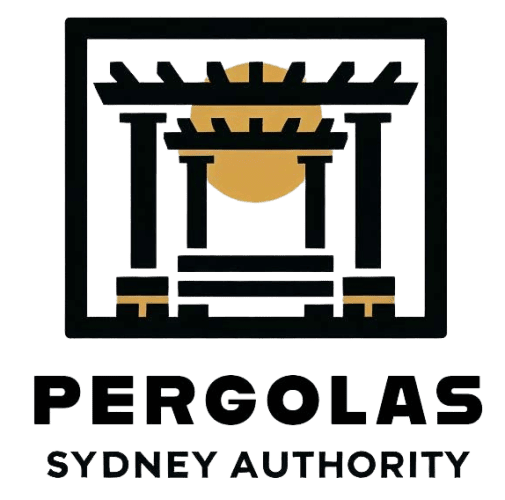Table of Contents
Navigating the intricate landscape of local council regulations for pergola construction is essential for legal compliance and safety. As an expert in pergola design and council development applications in Australia, I’ll guide you through understanding these regulations, emphasizing the importance of adhering to specific design requirements and location constraints.
Firstly, your pergola’s design must align with local council standards. This includes not only its aesthetic appeal but also its functional aspects. Each design decision, from material selection to structural layout, could potentially trigger the need for a council development application.
The rules vary across different suburbs in Sydney and are crucial for ensuring that your pergola adheres to safety and zoning laws. This might involve limitations on size, height, or proximity to property boundaries.
Building permits are a critical aspect of this process. They are your assurance that the construction plans meet all safety and structural requirements. It’s crucial to understand that these permits are not just bureaucratic formalities but safeguards for your property and its occupants.
Getting construction approval involves more than just submitting plans. It’s about ensuring that every aspect of your pergola, from its foundation to its roofing, complies with local building codes. This is where the expertise of a professional can be invaluable. They can navigate the application process, anticipate potential issues, and ensure that your pergola meets all necessary standards.
Understanding the financial aspect, including any council fees associated with obtaining these permits, is vital. While this might add to the initial cost, it is an investment in the legality and safety of your structure.
As an expert in pergola construction and local council approval in Australia, my advice is to approach this process with diligence and attention to detail. Utilizing resources and seeking professional advice can significantly streamline the approval process, ensuring your pergola is a safe and compliant addition to your property.
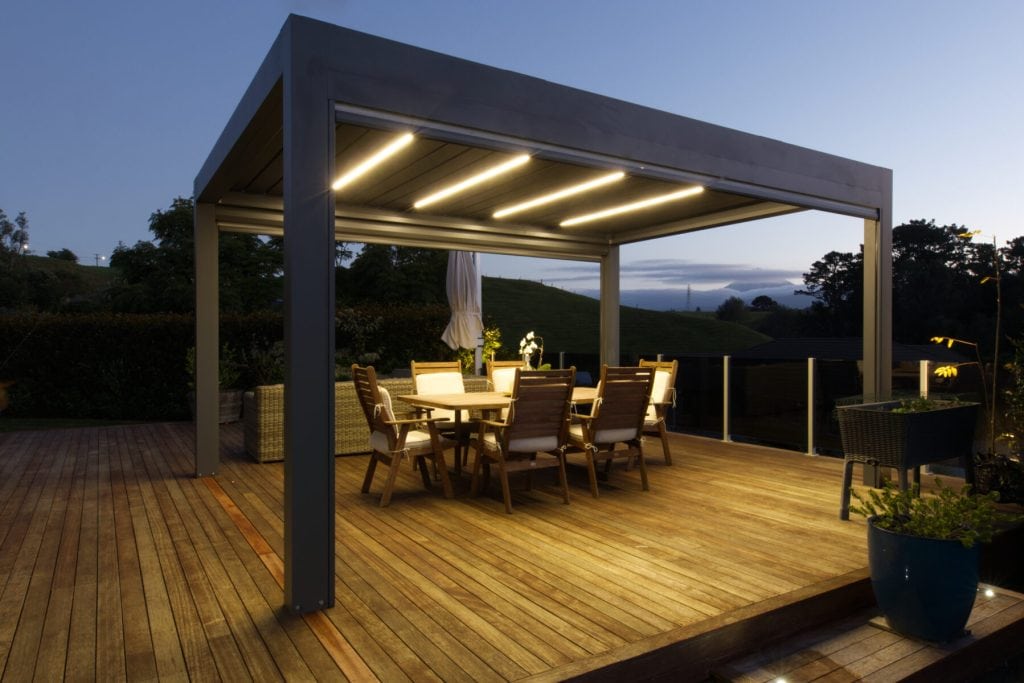
Key Takeaways
When you’re planning to build a pergola, it’s vital to know the regulations. Homeowners need to pay close attention to ensure their projects comply with existing laws and safety standards.
They should refer to their local council’s guidelines. These rules help make sure that any new structure in their yard not only looks good but also adheres to legal requirements.
Understanding Council Requirements
Understanding local council requirements is essential when you’re planning to build a pergola. Knowing the rules helps you avoid legal issues later. Some pergolas may not need a permit if they’re below certain size limits.
However, if you do need approval, be prepared for the associated costs. For some projects that fit specific conditions, a Complying Development Certificate could be a quicker way to get approval than the usual planning permission route.
Site Plans and Notifying Your Neighbours in NSW
The first step in the approval process involves creating detailed site plans. These plans must illustrate the proposed pergola’s location, dimensions, and distance from property boundaries. Additionally, notification to neighbours is often required as part of the council’s application process. This step ensures that your project adheres to local zoning classifications and respects the rights of adjoining property owners.
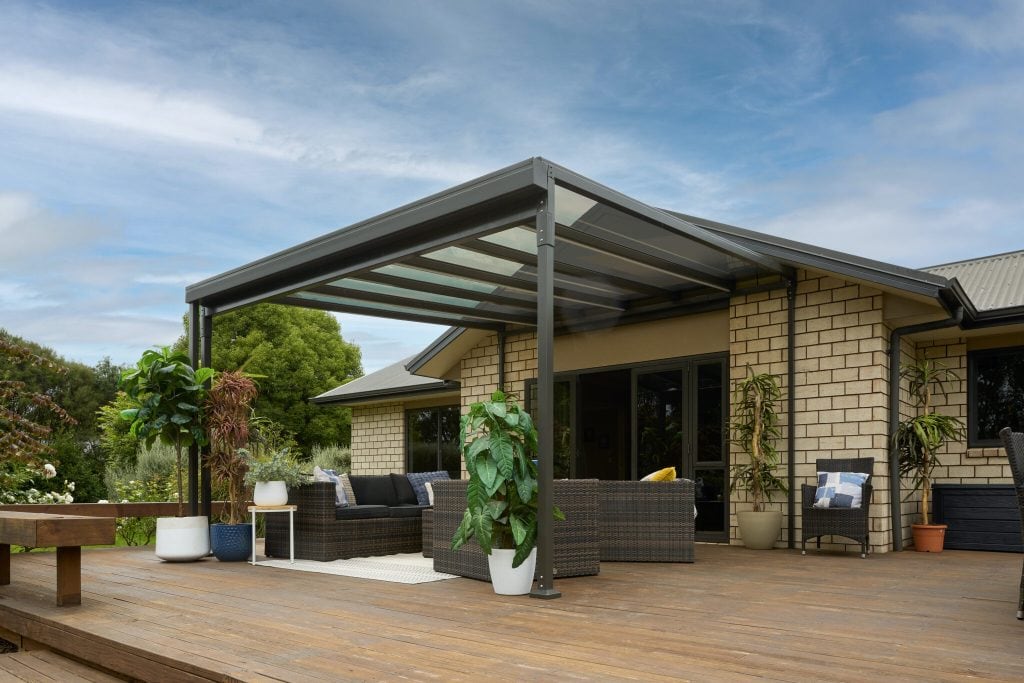
Height Restrictions and Materials Guidelines
Height restrictions are a critical aspect of council guidelines. Most councils have specific limits on how tall your pergola can be, affecting both aesthetics and safety. Equally important are the materials guidelines, which dictate the types of materials you can use. These guidelines are designed to ensure that your pergola is not only visually pleasing but also structurally sound and environmentally friendly.
Safety Standards and Structural Engineer Certification
Adhering to safety standards is non-negotiable. Your pergola design must conform to the Australian Code of Practice for building. In many cases, obtaining structural engineer certification is a requirement. This certification confirms that your pergola’s design is structurally safe and capable of withstanding environmental stresses.
Environmental Planning Laws and Zoning Classifications
Your pergola must also comply with environmental planning laws. These laws are designed to protect local ecosystems and ensure that your structure has a minimal environmental impact. Understanding the zoning classifications of your area is crucial, as these determine what can be built and where.
Code of Practice for Building and Compliance Certificates
Finally, it is imperative to follow the Code of Practice for building, a comprehensive set of guidelines that cover all aspects of construction. Upon completion of your pergola, obtaining compliance certificates from the council is essential. These certificates serve as proof that your pergola meets all necessary legal and safety requirements.
In conclusion, as an expert in pergola construction and local council approval in Australia, my advice is to approach your project with thorough preparation and an understanding of the various regulatory requirements. From site plans to compliance certificates, each step is vital for ensuring that your pergola is not only a beautiful addition to your home but also a safe and legal one.

Costs Are Involved in a Pergola
When planning to build a pergola, be aware that you might need a permit, and the cost can vary based on where you live and the details of your construction.
For pergolas larger than 10 square meters or taller than 2.4 meters, you’re likely to need building approval.
If your pergola is going to be built over a service line or easement, you might need extra permissions.
When the value of the construction exceeds $5,300, hiring a registered builder is usually a requirement, which will affect your overall spending.
Also, for any electrical features, like motorized louvres or outdoor lighting, you must hire a certified electrician, which means more costs.
Complying Development Certificate
If you’re planning to build a pergola at your home, it’s important to get a Complying Development Certificate (CDC) from your local council if your project meets certain criteria that allow you to skip the full planning application. Getting to know what the council expects can be detailed, but going the CDC way means a quicker approval if your project matches the set rules.
Still, when you get a CDC, there are important rules to keep in mind:
- CDC Rules:
- There are size limits, like how tall it can be or how much floor area it can cover.
- It has to be a certain distance away from your property line.
- It shouldn’t negatively affect the houses next to you.
- What You Need to Show:
- You’ll need to provide detailed drawings of the construction.
- A site plan that marks where the pergola will go.
- Sometimes, an engineer’s approval is needed.
These panels evaluate your project for compliance with local regulations, including zoning and environmental considerations.
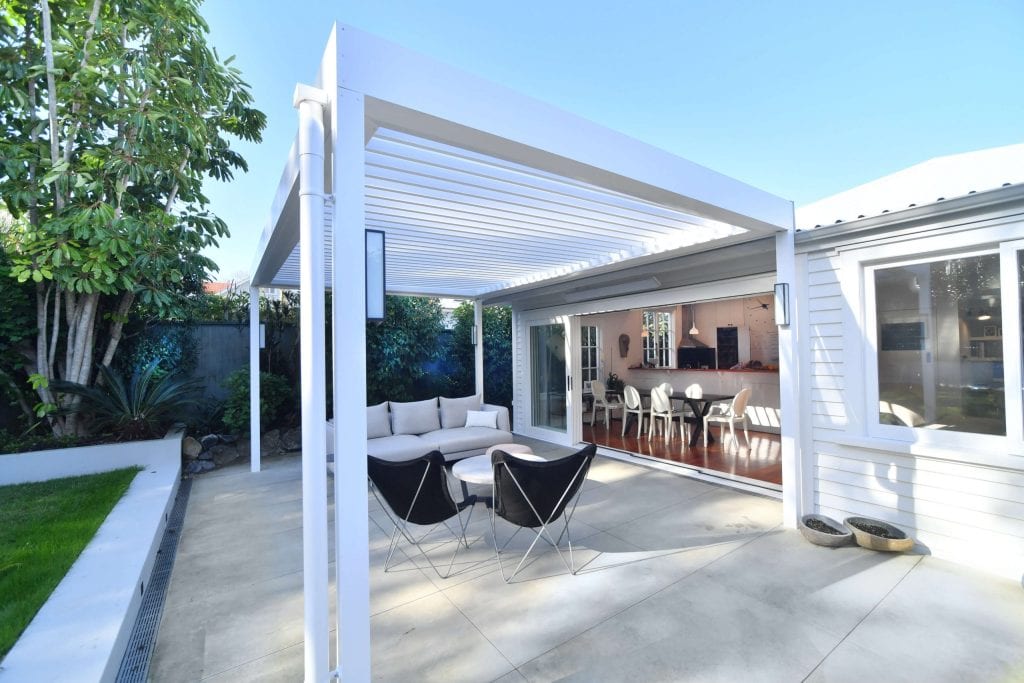
Building Certifiers and Architects
Building certifiers are essential in the approval process. They ensure that your pergola meets all building codes and safety standards. Working with architects is equally important. Architects can design pergolas that are not only aesthetically pleasing but also compliant with all local regulations.
Construction Companies and Designers
Choosing the right construction company is vital. They bring the architect’s vision to life, ensuring that the construction adheres to the approved plans and safety standards. Designers also play a key role, particularly in customizing the look and feel of your pergola to match your personal style and the character of your property.
Engineers
Engineers are crucial for ensuring the structural integrity of your pergola. They provide necessary calculations and designs to ensure that the structure can withstand environmental factors like wind and weight load. Their input is often required for council approval, especially for larger or more complex pergola designs.
In conclusion, building a pergola in Australia involves navigating a series of regulations and working with a team of professionals, including local councils, development assessment panels, building certifiers, architects, construction companies, landscape designers, and engineers. Each plays a pivotal role in ensuring that your pergola is not only a beautiful addition to your home but also compliant with all legal and safety requirements.
Meeting these requirements means you’re following the local laws and helps your pergola project go smoothly.
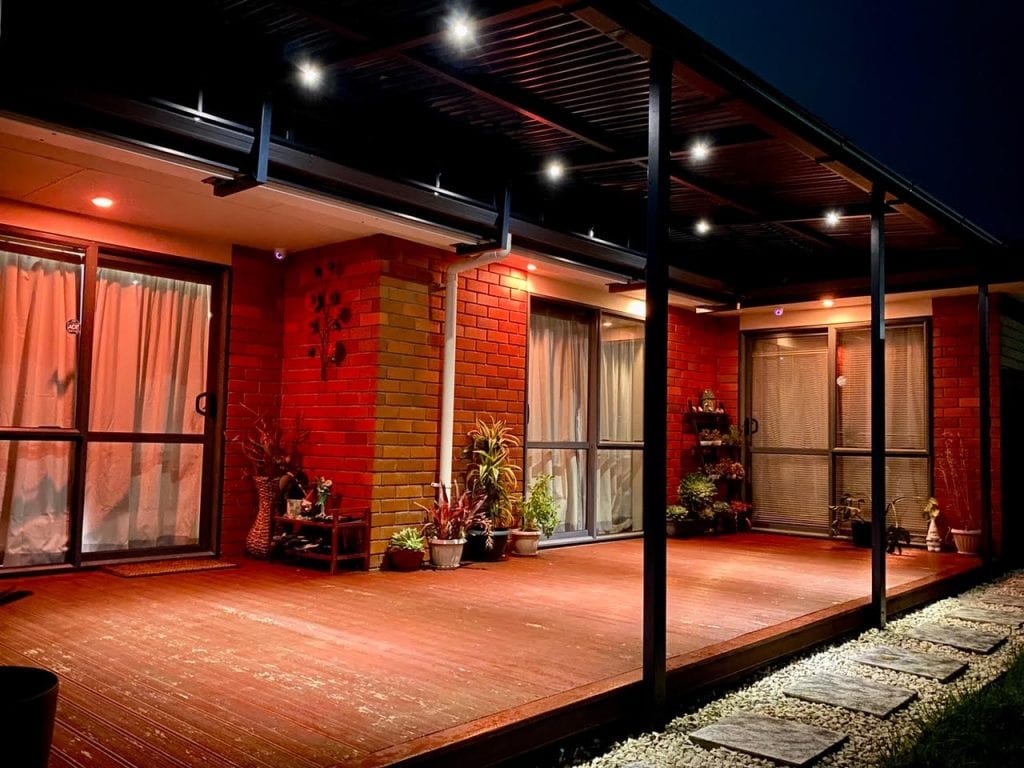
When you’re planning to build a pergola, it’s essential to know which permits you need. There are mainly two types: a planning permit and a building permit.
A planning permit is about making sure your project fits with the local area’s rules, like how close you can build to the property line or what materials you can use, so everything looks good together.
A building permit focuses on making sure your pergola is safe and built right, following the building codes.
Getting the right permit is a must before you start building things like pergolas, verandahs, or home additions. This step keeps you on the right side of the law and ensures your structure is safe and sound.
Demolition
When taking down old structures like old pergolas, it’s important to get the right demolition permits from your local council. This step is key to making sure that the tear-down is done safely and within the rules, so you avoid penalties or legal issues.
Key Points for Demolition Permits:
- Check for any risks to nearby buildings and people walking by
- Think about the environment, especially how you’ll handle the leftover materials
How to Get Your Demolition Permit:
- Hand in your detailed plan for taking the structure down to the council
- Wait for the building department to check it out and give the green light
Verandas and Pergolas
If you’re looking to add a veranda or pergola to your home, it’s important to know about the permission needed. These additions can make your home more enjoyable and improve how it looks, but you must follow your local council’s rules. Getting the right permits ensures you’re following the law and your structure is safe.
- Types of Permits:
- Planning Permit: Looks at how your project affects the local environment, the appearance of the area, and your neighbors.
- This is required if your structure might change the view from the street or how your property fits in with your neighbors.
- Building Permit: Checks that your construction is up to safety standards.
- You’ll need this if your structure is over a certain size or height.
- Permit Application Considerations:
- Check with your local council to see if you need a permit.
- Some small structures might not need one.
- Know what could happen if you don’t get the permits. You might be fined or have to take down the structure.
When adding a veranda or pergola, it’s not just about making your house look nicer; it’s also about doing it the right way. Make sure to talk to your local council and get the correct permits to avoid any legal issues later on.

Exemptions and Guidelines
If you’re planning to build a pergola in New South Wales, you might not need to get approval from the council if your structure meets certain conditions. Specifically, your pergola should be smaller than 10 square meters and not taller than 2.4 meters. If you’re thinking of placing it over an area where utilities run underground or close to infrastructure, you’ll need to get the green light from the relevant authorities.
For pergolas with fully enclosed roofs, make sure they’re set up to drain into your home’s stormwater system to comply with local regulations. If your project costs more than $3,300, hiring a certified builder is necessary, and remember, all electrical work must be completed by a qualified electrician.
To avoid any issues, it’s a good idea to talk to the local council to check that you’re not missing any rules that apply to your build.
Calculating Permit Costs
The cost to get a permit for setting up a pergola can change based on where you live and the details of your project. If you’re planning to add a pergola to your home, you’ll need to think about:
- Local Council Charges
- The cost to process your application
- Fees for inspecting the finished structure
- Details of Your Pergola
- How big and tall you plan to make it
- Whether it will be connected to your house or stand on its own
To get an exact idea of the expenses, you should get in touch with your local council or a certified building surveyor. They can give you a full list of costs.
Avoiding permits to save money can backfire, leading to heavy fines and potential safety risks. It’s smart to include these expenses in your budget from the start, so your pergola project goes smoothly and meets all the required regulations.
Seeking Further Assistance
Navigating the complexities of planning permission for pergolas, homeowners may find invaluable assistance by consulting with their local council or a professional building surveyor.
The local council can provide up-to-date information on exemptions, guidelines, and the specific criteria your project must meet to comply with local regulations.
Professional surveyors, on the other hand, can assist in ensuring that the design and construction of your pergola meet all safety and building standards. They can also help streamline the permit application process by preparing the necessary documentation and liaising with the relevant authorities.
For projects that exceed certain dimensions or value, engaging a certified builder or engineer might be mandatory, ensuring both the structural integrity of the pergola and compliance with local laws.
Conclusion
Building a pergola involves understanding a detailed set of rules. Homeowners have to be thorough to make sure they comply with all legal and safety regulations.
They use local council guidelines to ensure their outdoor structures are both attractive and built according to the law.
